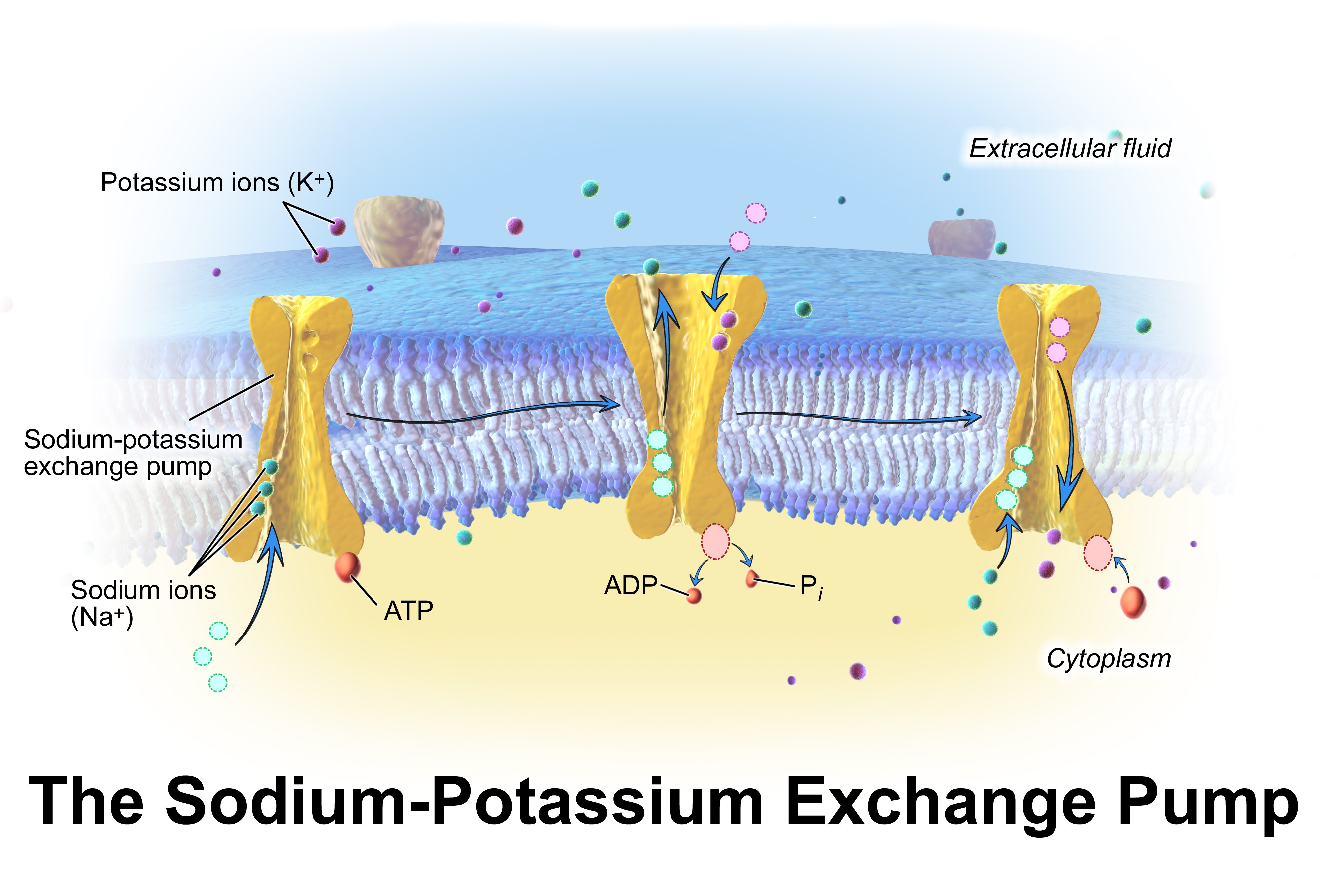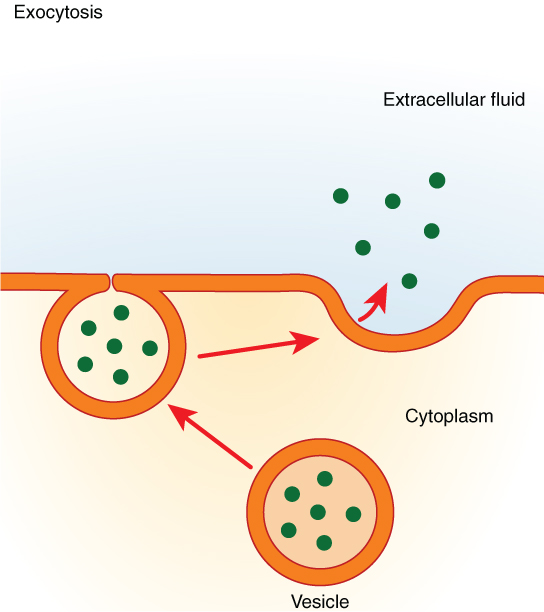Table of Contents
Mechanisms of Active Transport
In active transport, materials move from areas of low concentration to areas of high concentration. This movement goes against the concentration gradient and can be thought of as moving uphill. This type of movement requires the use of energy.
Active transport requires the use of special membrane proteins called carrier proteins. These proteins use energy to pump solutes across the cell membrane. An example of one of these proteins is the sodium-potassium pump. This protein uses ATP to pump three sodium ions out of the cell and pump two potassium ions into the cell.
Bulk Transport
Bulk transport is a form of active transport that moves large molecules like proteins and polysaccharides across the cell membrane. These large molecules travel while enclosed in vesicles. The vesicles are made of phospholipids and can fuse with the cell membrane to release products to the outside environment (exocytosis). Vesicles can bud off from the membrane to bring large molecules inside the cell (endocytosis).
Additional Reading
- http://www.visionlearning.com/en/library/Biology/2/Membranes-I/198/reading
- http://www.visionlearning.com/en/library/Biology/2/Membranes-II/204
- http://www.biologycorner.com/bio1/notes_diffusion.html





